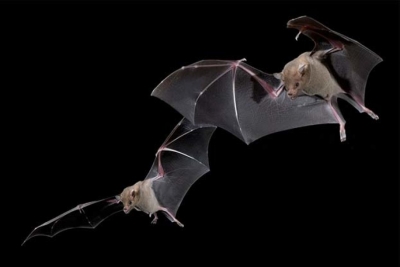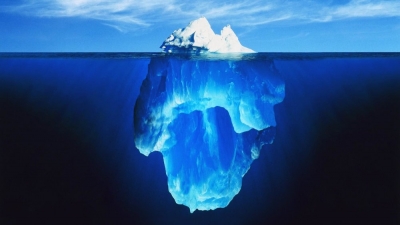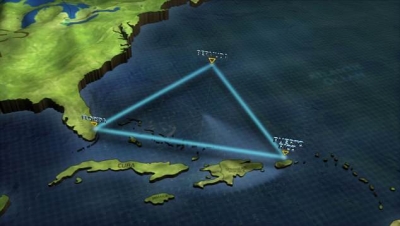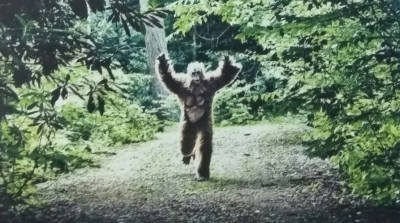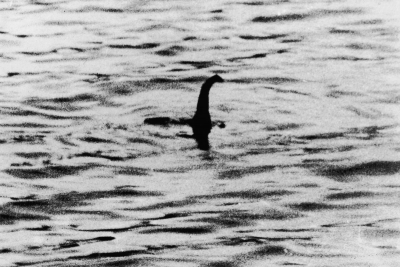
The first reports of something fishy in Loch Ness, Scotland’s second largest lake, go back 2,000 years, when a fearsome tattooed tribe known as the Picts chiseled the image of a finned creature onto a large stones nearby. Five centuries later, according to one written account, an Irish monk shouted a prayer to repel a monster poised to gobble a Loch Ness bather. A series of high-profile sightings in the 1930s transformed “Nessie” from a creature of folklore into a cryptozoology superstar. More than 4,000 eyewitness accounts of a massive lake monster – some verified by lie-detector testing – have been reported since. As with those of Bigfoot, many of these sightings and photographs were proven as hoaxes, but that hasn’t dampened the enthusiasm of true Nessie believers. Their number one Nessie suspect: the plesiosaur, a long-necked marine dinosaur that was supposed to have died out with T. rex and his kin 65 million years ago.
Nessie skeptics believe the sightings are simply cases of mistaken identity. Others, dog-paddling deer, and large sturgeon can look mysterious when their backs break the surface of the lake. High-tech sonar searchers have turned up nothing conclusive from the lake’s murky depths. And yet the search for Nessie continues. At least one website maintains a live camera view of the lake, encouraging viewers to keep a round-the-clock watch for suspicious activity. The ancient Picts may have recorded Nessie in stone; modern creature hunters can now tag the beast online.
Picture Credit : Google





